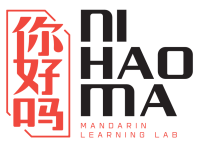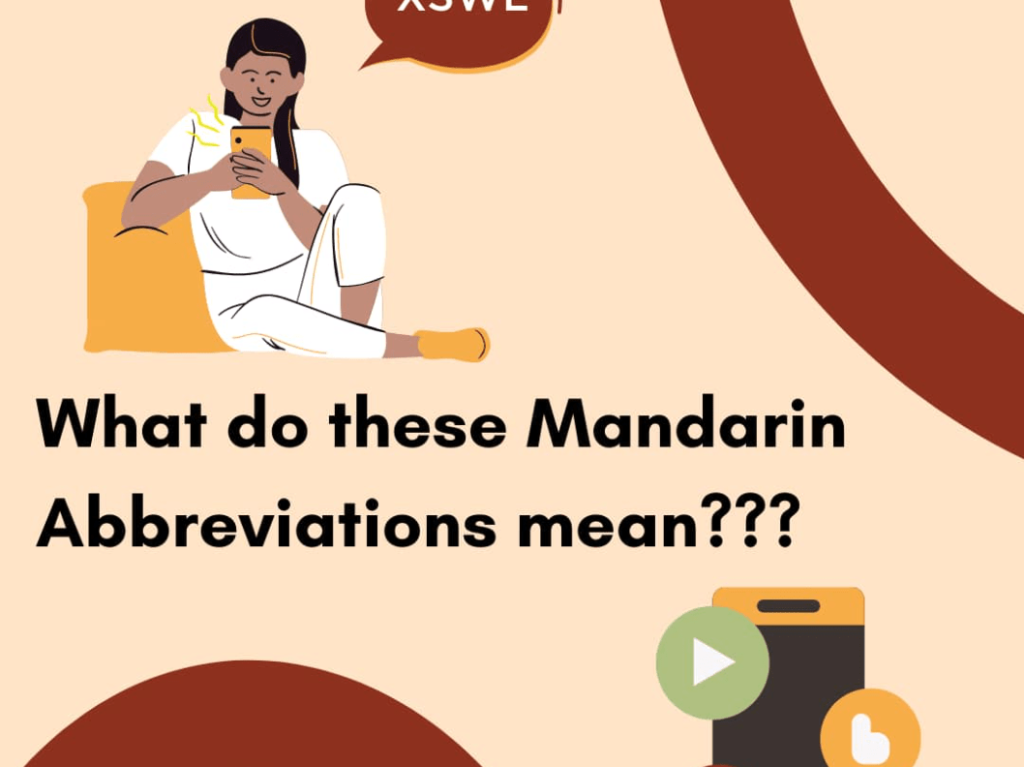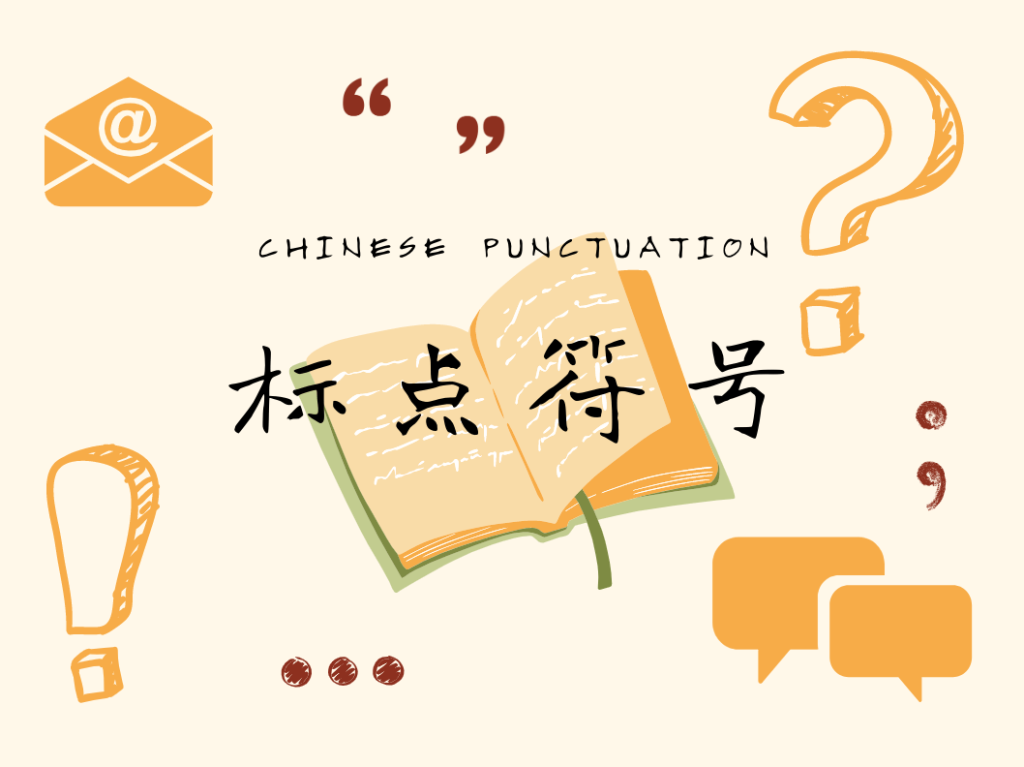The Ins and Outs of Business Chinese Test
Are you a non-native Mandarin Chinese speaker looking to improve your business communication skills? Are you looking to enhance your language proficiency for better career prospects? If so, then you may want to consider getting certified in the Business Chinese Test (BCT).
When it comes to working in a Chinese business environment, understanding of the language and customs is crucial for effective communication with your team members and clients. With the rise of Chinese companies in the global market, Business Chinese Test certification is gaining popularity among candidates interested in finding a niche in the job market. But, what exactly is BCT? Who should take it and what are the benefits?

What is BCT?
Launched in 2004, BCT, or the Business Chinese Test is an internationally recognized proficiency exam conducted by Hanban, a non-governmental and non-profit organization associated with the Chinese Ministry of Education. Designed for non-native Chinese speakers, it measures Chinese language proficiency in the fields of administration, finance, marketing, human resources, and other related areas. It is a great tool for non-native Chinese speakers to showcase their language skills and enhance their competitiveness in the job market.
BCT versus HSK: Why study business Chinese? Why not HSK?
As China’s economy continues to grow at a rapid pace, knowing how to navigate the intricacies of Chinese business communication styles can give individuals and companies a competitive edge.
While both tests measure language proficiency, BCT is specifically tailored for business communication, while the HSK is more general and covers a broader range of language skills. BCT also has a strong focus on practical application, making it a valuable test for individuals looking to succeed in a business environment.
Possessing effective communication skills in Mandarin Chinese and understanding the cultural nuances can significantly improve the chances of successful partnerships and opportunities for cross-cultural learning. In a rapidly evolving global economy, studying business Chinese is a smart investment for the future. This is where the Business Chinese Test (BCT) comes in – a recognized certification in business Chinese proficiency.
- BCT (Business Chinese Test):
- Focus: Business Communication
- Levels: BCT Level A and Level B
- Target Audience: Professionals or students seeking careers in Mandarin-speaking business environments.
- HSK (Hanyu Shuiping Kaoshi):
- Focus: General Mandarin Proficiency
- Levels: HSK 1-6, progressively increasing in difficulty.
- Target Audience: Anyone interested in assessing their overall Mandarin language ability for academic or personal purposes.
- YCT (Youth Chinese Test):
- Focus: Elementary and Middle School Mandarin Proficiency
- Levels: YCT 1-4, designed for younger learners.
- Target Audience: Students between the ages of 6 and 15 who are learning Mandarin as a second language.
Here’s a table summarizing the key points:
| BCT | HSK | YCT | Vocabulary | CEFR |
| YCT 1 | 80 | |||
| BCT A | HSK 1 | YCT 2 | 150 | A1 |
| HSK 2 | YCT 3 | 300 | A2 | |
| HSK 3 | YCT 4 | 600 | B1 | |
| BCT B | HSK 4 | 1200 | B2 | |
| HSK 5 | 2500 | C1 | ||
| HSK 6 | Over 5000 | C2 |
What is the format of the BCT?
The BCT consists of three individual tests: the BCT (A), BCT(B), and the BCT Oral (Oral iBT). The BCT (A) and BCT (B) cover 5 different language levels; BCT A (Levels 1-3) and BCT B (Levels 4 and 5). Each test evaluates one’s Mandarin Chinese competency in the skills of listening, speaking, reading, and writing related to business and the workplace. The test is available online or offline and assesses a wide range of topics such as business meetings, negotiations, presentations, and written reports.
| Test Package | Skills Tested | Number of Questions | Test Duration* |
| BCT (A) | Listening | 30 | 70 min |
| Reading | 30 | ||
| Writing | 10 | ||
| BCT B | Listening | 50 | 145 min |
| Reading | 40 | ||
| Writing | 2 | ||
| BCT (iBT) | Speaking | 15 | 25 min |
BCT (A) Structure
BCT (A) includes a listening section with 60 questions, a reading section with 40 questions, and a writing section with 10 questions. The total score for the entire test is 300 points. The duration of the test is approximately 70 minutes.
The test mostly focuses on daily office communication. It is recommended to have a vocabulary of at least 1,500 words. Applicants should have a basic knowledge of Mandarin Chinese grammar, characters, and sentence structures.
BCT (B) Structure
Similar to the BCT(A), BCT (B) includes listening, reading, and writing sections, but also includes a speaking section. It consists of a listening section with 50 questions, a reading section with 40 questions, a writing section with two writing tasks, and a speaking section with 15 questions. The total score for the entire test is 300 points. The duration of the test is approximately 145 minutes.
BCT(B) requires a higher level of proficiency of around 5,000 words and includes more complex business-related terms. It is recommended to have a thorough understanding of business-related vocabulary before taking the test.
BCT Oral Structure
For BCT Oral (Oral iBT), test-takers are evaluated on their speaking abilities in a simulated business environment. The test is broken into five sections with a total of 15 questions. The duration of the test is approximately 25 minutes. It is recommended to have a vocabulary of 4000 words.
| Level | BCT Level | Description | Proficiency Assessment | Skills and Competencies |
| 1-3 | BCT A | This level is designed for beginners and evaluates basic language skills needed for simple and routine business tasks. | Test-takers should be able to understand and use familiar everyday expressions and basic phrases aimed at satisfying specific business needs. | – Basic vocabulary and grammar. – Understanding of common business terminology. – Ability to ask and answer questions about personal details and familiar business topics. |
| 4-5 | BCT B | This intermediate level assesses more advanced language abilities, including handling routine tasks that require a more complex exchange of information. | Candidates should demonstrate the ability to interact with a degree of fluency and spontaneity that makes regular interaction with native speakers possible. | – Broader vocabulary and more complex grammatical structures. – Ability to discuss a range of business topics and handle unexpected questions. – Competence in negotiating and solving common business problems. |
| Oral iBT | The Oral iBT focuses specifically on spoken Mandarin, assessing the candidate’s ability to communicate effectively in business contexts. | This level is suitable for individuals who need to demonstrate their speaking proficiency for professional purposes. | – Proficiency in articulating ideas clearly and effectively. – Ability to engage in discussions, presentations, and negotiations. – Fluency in using idiomatic expressions and business jargon. |
Certification
Upon the completion of each test, test-takers will be awarded a certificate from Hanban, which is recognized internationally. The certificate provides a detailed report which shows the test-taker’s sub-test scores and total score, and recognition of their Chinese speaking level. The BCT has no official passing grade.
Where can I find a preparation course?
At Ni Hao Ma Mandarin Learning Lab, we offer preparation classes for BCT (A), level 1. With the guidance of our native Chinese teachers, you can gain confidence in your abilities and successfully pass the test.
For those seeking more personalized individual preparation, we offer customizable face-to-face or virtual tutoring for all the BCTs. Our experienced native Chinese teachers not only have a deep understanding of the test but also have hands-on experience in the business world. With their expertise, you can confidently achieve success and stand out in the job market.
In today’s interconnected world, it is essential to have good communication skills in order to build strong relationships across borders. Aside from the practical benefits, learning business Chinese also provides a deeper understanding and appreciation of Chinese culture and etiquette. So, take the first step towards enhancing your global business skills by enrolling in a Business Chinese course today.



